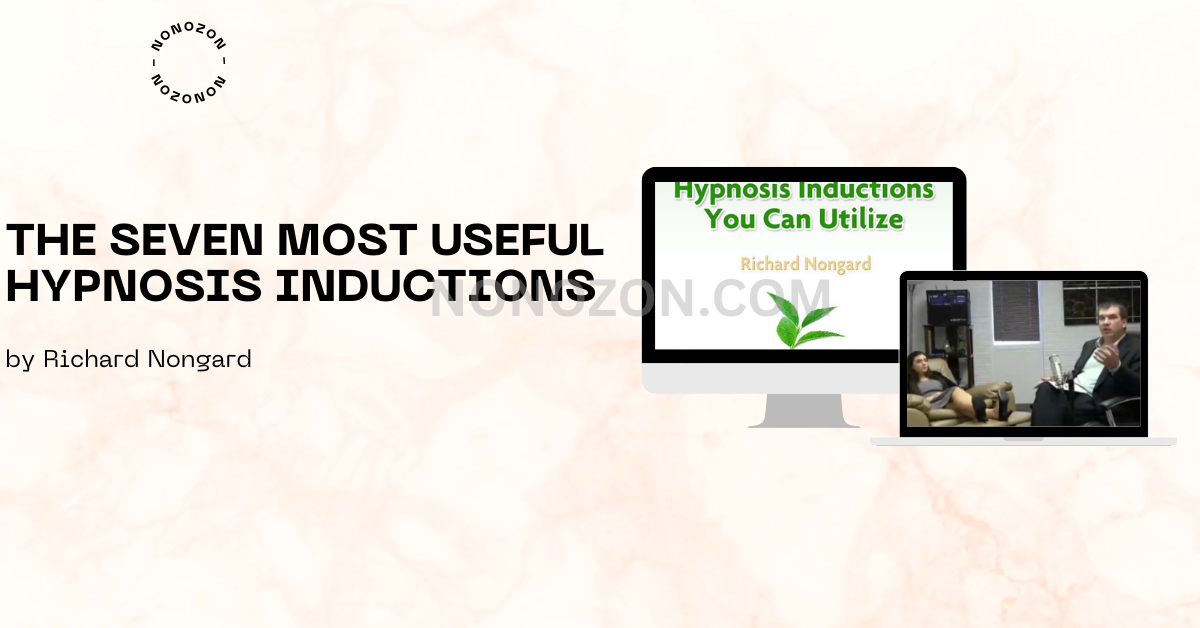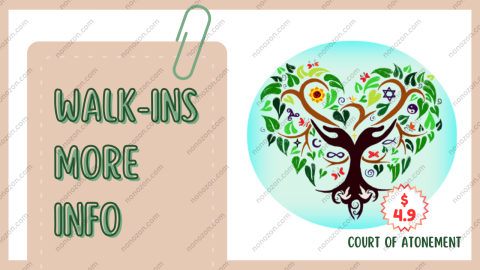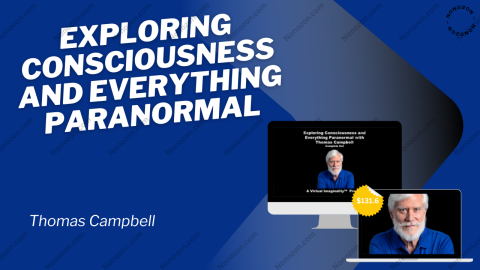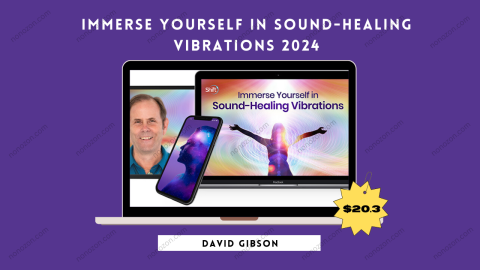The Seven Most Useful Hypnosis Inductions
by Richard Nongard
Get The Seven Most Useful Hypnosis Inductions by Richard Nongard Digital Download!

The Seven Most Useful Hypnosis Inductions by Richard Nongard
Overview

Richard Nongard’s Top Seven Hypnotic Techniques: An In-Depth Analysis
Often surrounded by mystique and misunderstanding, hypnosis is gradually becoming more accessible through the work of experts like Richard K. Nongard. His guide, The Seven Most Effective Methods of Self-Hypnosis, seeks to illuminate practical and user-friendly approaches to inducing trance states. This compilation is a valuable asset for both novices and experienced hypnotherapists, offering a range of techniques to accommodate different client needs. In the following breakdown, we explore each of the seven highlighted inductions, examining their practical use and subtle distinctions.
1. The Calming Power of Progressive Muscle Relaxation
This time-tested induction technique emphasizes simplicity and efficiency by methodically relaxing specific muscle groups, generally starting at the feet and progressing upward. Ideal for adults burdened by anxiety or physical tension, this method helps guide clients gently into a tranquil hypnotic state.
Its strength lies in adaptability. Whether used in private practice, group workshops, or personal routines, the technique can be molded to target specific physical discomforts. This personalized approach enhances relaxation and deepens the trance.
Additionally, the method’s uncomplicated format makes it particularly attractive to newcomers. No elaborate tools are required—just a soothing voice and intentional pacing. Many clients find the focus on physical sensations comforting, helping them to ground themselves in the experience.
2. Dave Elman’s Quick-Acting Induction
Celebrated for its speed and precision, Dave Elman’s induction remains a staple in many hypnotherapists’ toolkits. Utilizing countdowns and embedded amnesia, it can bring individuals into a deep trance within a short span of time.
Its value is especially pronounced in clinical settings where time efficiency is key. Through a gradual count, clients are gently ushered into a trance, encouraged by reinforcing suggestions.
Therapists often tailor this technique by weaving in custom affirmations aligned with the client’s therapeutic goals. In doing so, Elman’s structure becomes more than just a tool—it evolves into a meaningful part of the healing session.
3. Erickson’s Metaphorical Levitation Approach
Milton Erickson’s arm levitation method stands out for its reliance on metaphor and imaginative engagement. By encouraging the subject to visualize their arm rising naturally, this approach creates psychological dissociation and fosters a hypnotic state.
The beauty of this method lies in its narrative style. Clients are invited to explore metaphor-rich imagery, sparking a deeper internal connection. For example, imagining a hand floating upward isn’t just physical—it becomes symbolic of the client’s subconscious ascent.
Customizable to individual needs, this technique allows practitioners to draw on personal symbols or metaphors that hold meaning for the client, thus transforming the induction into a rich and creative therapeutic experience.
4. Zarren’s Visualization with a Marble
Bringing innovation to the induction space, Zarren’s technique focuses on the imagery of a rolling marble to lead the client into a relaxed state. Combining visual and auditory elements, it appeals especially to those with strong imaginative or sensory inclinations.
The key benefit here is creativity. As clients visualize and feel the marble's motion, they become more anchored in the present moment and more receptive to entering trance.
Therapists can further personalize the experience by customizing the marble’s color, material, or symbolic purpose—enhancing emotional connection and making each induction feel uniquely tailored.
5. Eyes-Open Induction with Reverse Hypnosis
For clients uneasy with traditional eye-closing techniques, reverse hypnosis offers a refreshing alternative. This method keeps the eyes open while guiding the subject to imagine an upward movement, such as floating or rising.
Its effectiveness stems from its unconventional design. Maintaining eye contact gives clients a sense of control, making the session feel safer and more cooperative.
Ideal for visual thinkers or clients who resist traditional methods, this induction provides a more inclusive and flexible approach to hypnosis. It helps break down emotional resistance and enhances client participation.
6. Revisiting the Past with Backwards Hypnosis
By directing clients to mentally revisit comforting past experiences, backwards hypnosis blends memory recall with trance induction. This method effectively uses nostalgic emotions to bypass current mental barriers.
Clients are guided to recall pleasant, peaceful memories, which serve as emotional anchors. These memories help soothe the mind and promote deeper relaxation, sidestepping present-day stressors.
Additionally, this technique opens the door for therapeutic introspection. It can be especially effective for individuals working through unresolved past events, using hypnosis as a bridge to emotional healing.
7. Hypnosis Through Natural Dialogue
Conversational hypnosis diverges from traditional scripts by embedding hypnotic suggestions into ordinary interactions. Instead of formally instructing the client to enter trance, the practitioner subtly guides them using tone, pacing, and word choice.
This method is particularly useful for clients who may be skeptical of direct hypnotic commands. By keeping the tone light and friendly, therapists can lower resistance and increase receptivity.
Used skillfully, this technique fosters trust and encourages change through seemingly casual conversation. It’s a subtle yet powerful way to bring therapeutic suggestions to life.
Final Thoughts
In summary, The Seven Most Effective Methods of Self-Hypnosis by Richard K. Nongard serves as both a foundational resource and a source of inspiration for hypnosis practitioners. Each induction—from progressive muscle relaxation to indirect conversational methods—caters to unique client preferences, increasing the versatility and impact of hypnosis work. Nongard’s methods make trance states more approachable and effective, enhancing the practitioner’s confidence and the client’s experience alike. Whether you're seeking personal transformation or therapeutic tools, this guide offers invaluable strategies for mastering the art of induction.




